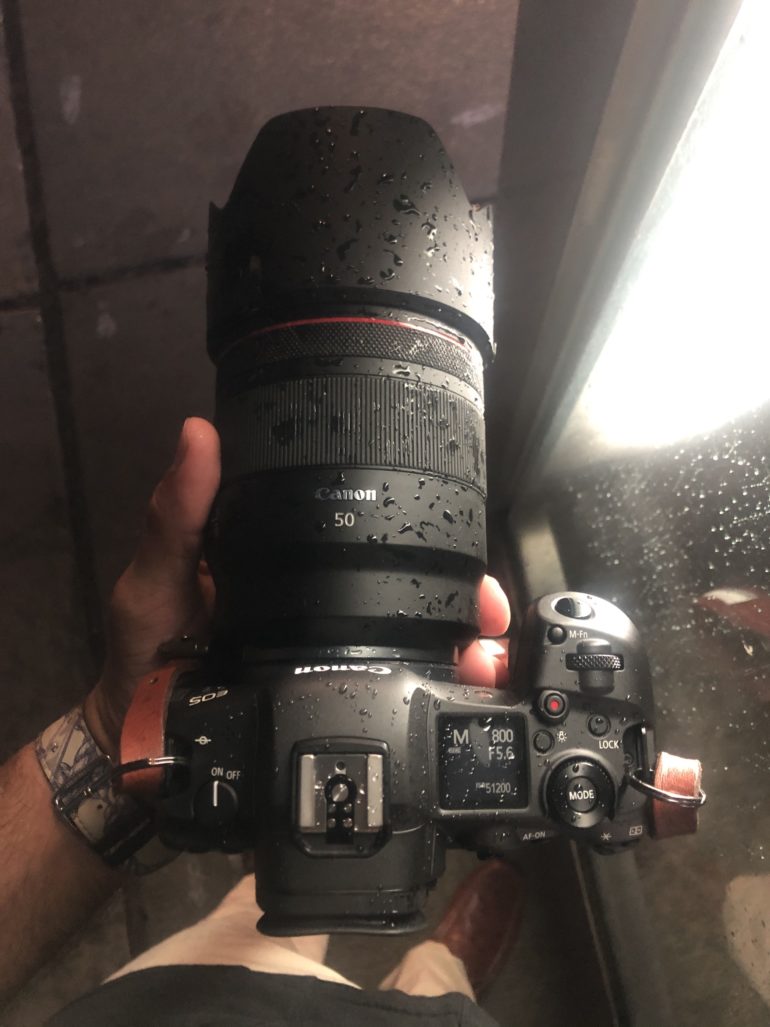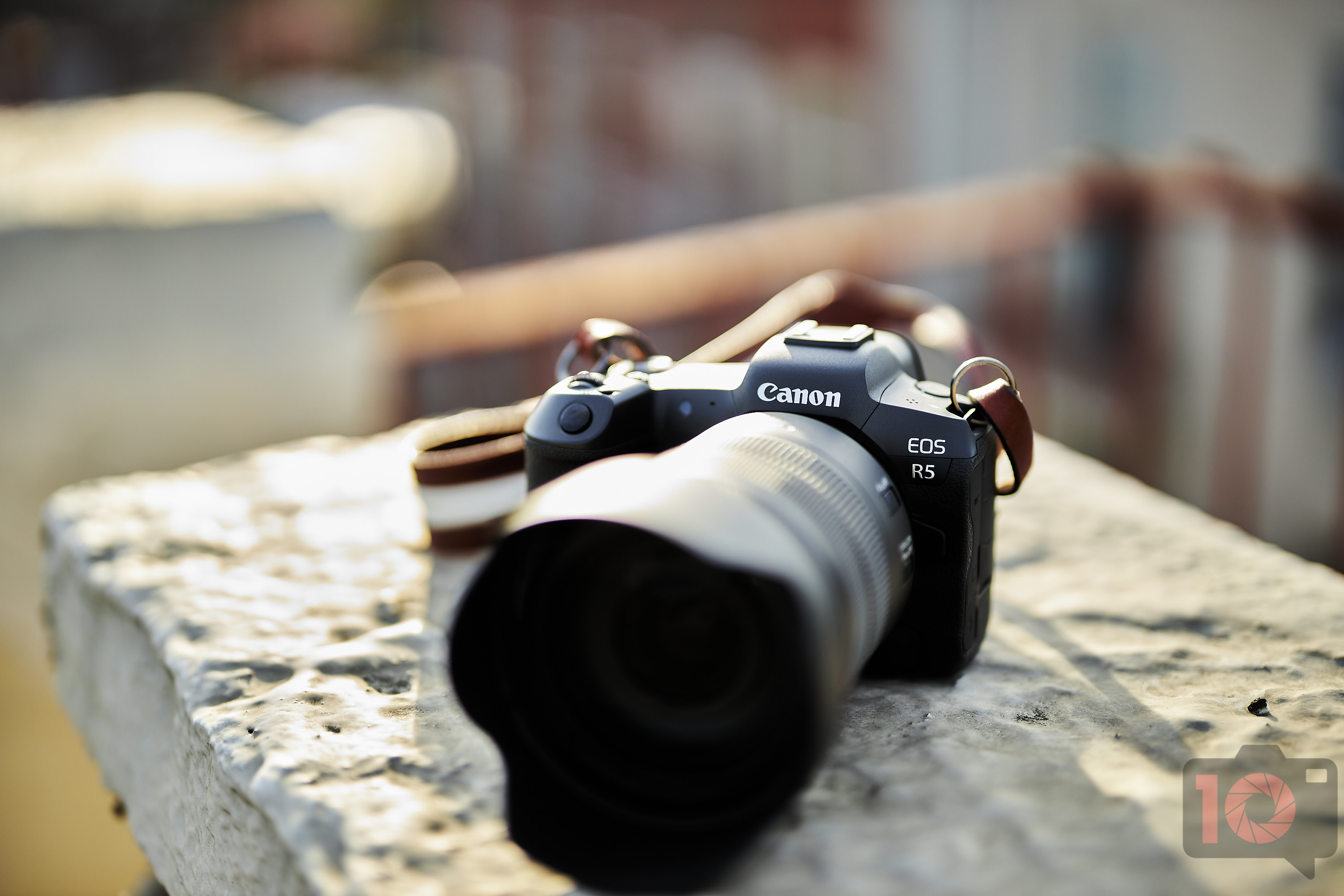There aren’t many cameras I’ve seen generate as much internet hate as the Canon EOS R5. A ton of it came from the Sony audience. I’ve been using the camera for years, and it’s incredible. In some ways, I find it better than the Sony a1. And the EOS R5 continues to get updates via firmware. So we’ve included notes from our Canon EOS R5 review update for you after the jump.
Subscribers get some sweet perks and are automatically entered into contests!. Download our app for iOS, iPad, and Android and get no banner ads for $24.99/year.
Our update brings up a few questions. Camera companies have been using arguably awful LCD displays for a while. Why don’t they update them? Especially with HDR PQ settings becoming more of a push, why don’t cameras have proper displays? I want to do much more than look at it on a computer screen later. I’d like to see what HDR PQ can really do. I’d also want to see how the photos would look before I port them to my phone.
Beyond this, we’re talking about the overheating issue some people still experience.
Here’s the update from our review pasted below for you. Check out the full review for this and more. Want one? Check out the Canon EOS R5 on Amazon for prices.

Update August 2022
With firmware 1.6, the Canon EOS R5 has received a few new updates. Here’s what Canon says they’re bringing to the camera:
Firmware Version 1.6.0 incorporates the following enhancements and fixes:
- Adds [Auto Power Off Temp.: Standard/High] to the menu for movie recording. When [High] is selected, the camera will not automatically turn off when the temperature of the camera body and card become high, which may allow for longer movie recording than before, depending on the shooting conditions. Note that the temperature of the bottom surface of the camera may increase at this time.
- Adds the ability to convert multiple HEIF images into multiple JPEG images.
- Enhances the performance of “Movie Digital IS”. It stabilizes the image when taking selfies or walking shots using a wide-angle lens.
- Fixes minor issues.
Since we’re a photography website first, we tested the HEIF to JPEG conversion. To do this, you have to turn on the HDR PQ setting in the red menu. On the back of the camera’s LCD screen, you won’t see the difference because the camera’s screen can’t fully realize what HDR PQ can do. I remember talking about this with Canon during the press trip for the Canon EOS R7. Canon says that the price would need to increase. Considering how high their cameras are priced already, I think folks would pay for it.
But to fully realize what HDR PQ can do, import it to something like your phone, an iPad, or a monitor. I’m not fascinated by it, but apparently folks have used it for scientific applications.
I’m also still not sold on the HEIF format. But as it is, the images convert to JPEG just fine and incredibly fast.
During our review, I also ran the video feature for a half hour and more. The camera became warm, but wasn’t overheating. Also for the record, I’ve experienced overheating with Sony cameras as well. I’m specifically naming Sony because the Sony cultists will call out Canon in a sophomoric way. The Canon EOS R5 starts to overheat when it’s been recording for a long time.
I asked a few other photographers and creators why they’d do this. Creators often just let the camera record and then do all the work in post-production, which isn’t how I was taught to shoot video. That’s what I did when I started The Phoblographer. On sets, you’re supposed to shoot in short clips. In 2021, I spoke to various DPs and directors who backed me on that idea.
However, one photographer used the feature to record a talk he gave which was over an hour. And if you’re doing that, then I understand why you’d shoot in one continuous take. But even so, that’s rare.


